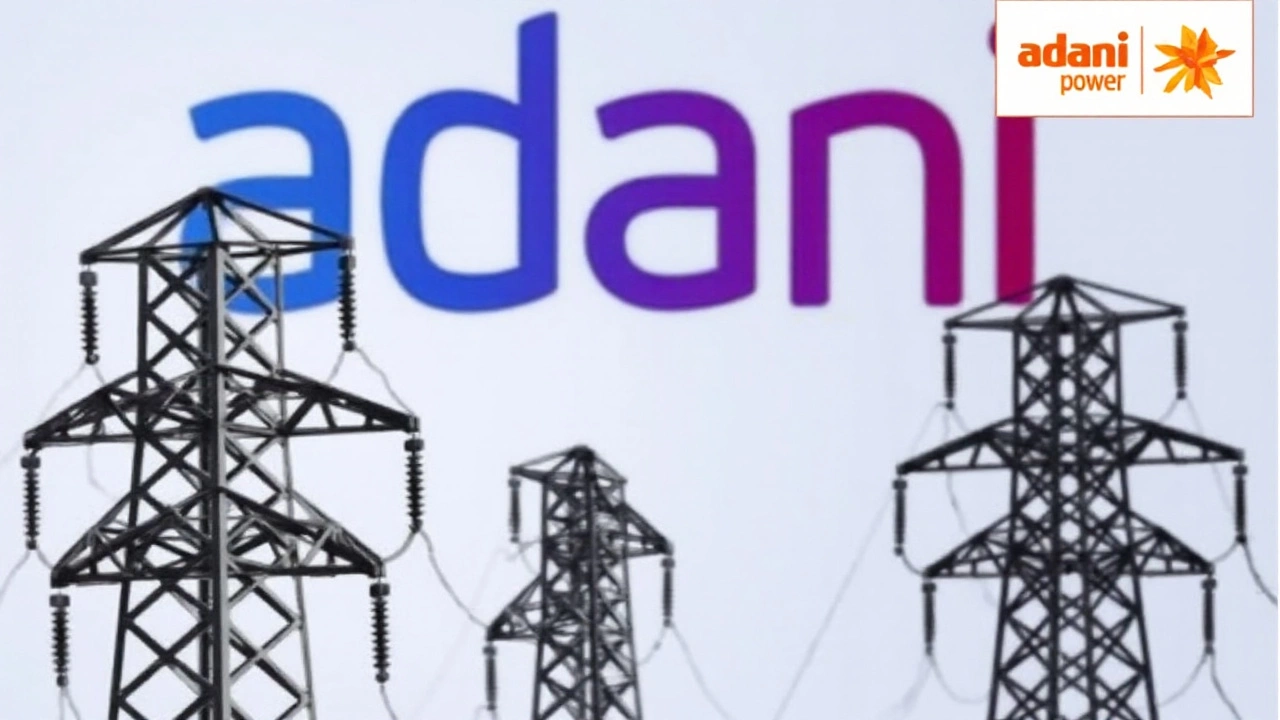SEBI Clearance: Your Quick Guide
If you’ve ever heard the term SEBI clearance and wondered what it really means, you’re not alone. In plain English, it’s the green light you need from the Securities and Exchange Board of India (SEBI) before certain financial activities can go ahead. Think of it as a safety check that makes sure your investment or corporate move follows the rules.
Why does it matter? Without SEBI clearance, any public offering, fund launch, or major corporate restructuring could be halted, fined, or even reversed. That’s why anyone dealing with securities, mutual funds, or large‑scale investments keeps a close eye on this requirement.
When Do You Need SEBI Clearance?
Not every transaction needs SEBI’s nod. Here are the common scenarios where you’ll run into the clearance process:
- Initial Public Offerings (IPOs): Companies going public must submit a draft prospectus for SEBI’s review.
- Mutual Fund Launches: New funds need permission before they can accept investors’ money.
- Foreign Portfolio Investments (FPIs): When overseas investors want to buy Indian securities, they need approval.
- Corporate Restructuring: Mergers, acquisitions, or de‑mergers involving listed entities trigger a clearance request.
- Alternative Investment Funds (AIFs): These high‑net‑worth funds also require SEBI’s sign‑off.
If you’re unsure, ask your compliance officer or legal advisor. It’s easier to get clarification early than to waste time and money later.
How to Apply for SEBI Clearance
The process looks formal, but it’s pretty straightforward once you know the steps. Here’s a quick run‑through:
- Prepare the Required Documents: Usually a detailed prospectus, financial statements, risk disclosures, and a compliance checklist.
- Submit Online Through SEBI’s Portal: SEBI uses an electronic filing system (e‑Filing). Upload everything, pay the applicable fee, and note the acknowledgment number.
- Wait for Review: SEBI’s team examines the filing for completeness, regulatory adherence, and any red flags. This can take anywhere from a few days to a few weeks.
- Address Queries: If SEBI raises questions, respond promptly with clarifications or additional data. Quick replies keep the timeline short.
- Receive Clearance Certificate: Once approved, you get an official certificate or an order allowing you to move forward.
Pro tip: Keep a dedicated compliance folder and track every document version. Missing a signature or a minor formatting error can cause unnecessary delays.
Common pitfalls include under‑estimating the time needed for SEBI’s review, overlooking minor disclosure gaps, and not updating the filing when material facts change. A small oversight can push your launch date back by months.
What’s the payoff? With SEBI clearance in hand, you gain credibility with investors, avoid legal hassles, and can confidently promote your offering. It also signals that you respect market integrity, which can attract more participants.
Recent trends show SEBI speeding up approvals for technology‑driven financial products, but the board remains strict on risk‑management disclosures. So, if you’re launching a fintech fund or a crypto‑related investment, double‑check the specific guidelines.
Bottom line: SEBI clearance isn’t just a bureaucratic hurdle; it’s a safeguard for the whole market. Treat it as a part of your project plan, allocate enough time, and keep the documentation tidy. When you get that approval, you’ll know you’ve cleared a major regulatory checkpoint and can move ahead with confidence.

Adani Power secured shareholder approval for a 1:5 stock split, turning each Rs 10 share into five Rs 2 shares. The split took effect on September 22, 2025, and the stock jumped 20% after the technical price adjustment. Management says the move will boost liquidity and draw more retail investors. The action comes after SEBI gave a partial clean chit to the Adani Group amid Hindenburg allegations, sparking a rally across its listed entities.
Read more
